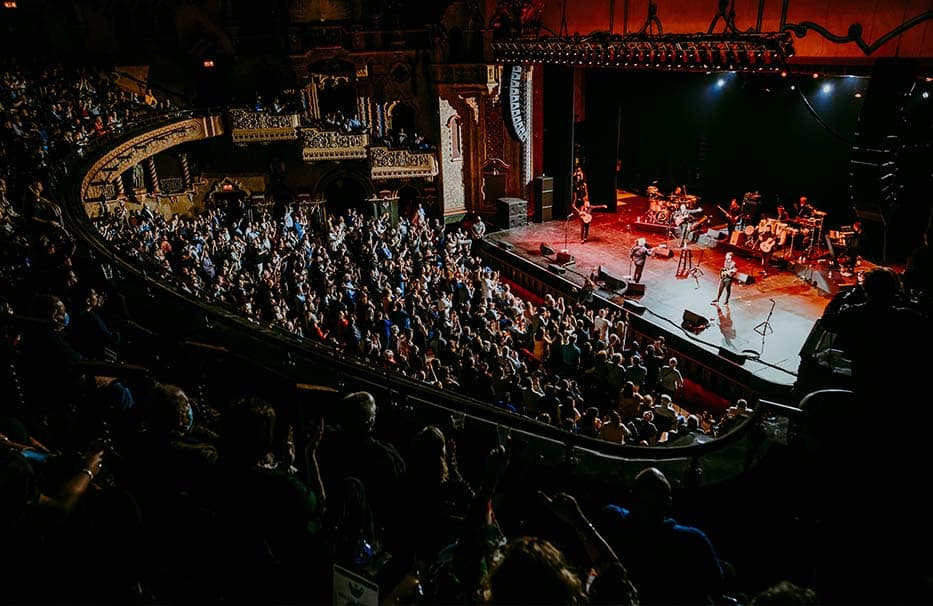The Birth of Houston’s Theater Scene
Houston’s reputation as a performing arts hub did not happen overnight. The foundation was laid in the late 19th and early 20th centuries, driven by both local passion and economic growth. Early settlers of Houston, with a love for culture and storytelling, began to demand spaces for entertainment, leading to the construction of small, intimate theaters. As Houston expanded with the discovery of oil, more resources became available for the arts.
In 1910, the Majestic Theatre opened its doors, becoming one of the earliest venues to offer Vaudeville shows. By the 1920s, Houston witnessed the birth of even grander theaters, inspired by European design. While other cities focused heavily on film, Houston kept live performances at the heart of its culture, planting the first seeds of what would grow into a flourishing arts hub.

Houston’s early theaters were more than just entertainment spaces – they were social hubs where residents connected, exchanged ideas, and celebrated their shared heritage. These roots and the city’s diversity played a pivotal role in building a solid cultural foundation.
Growth and Expansion: The Theater District Takes Shape
By the mid-20th century, Houston was booming, and so was its appetite for the performing arts. A defining moment came in 1966 with the opening of the Jones Hall Performing Arts, home to the Houston Symphony and the Houston Ballet. It was a signal to the world that the city was ready to compete with the likes of New York and Los Angeles. Shortly after, the Alley Theatre became another jewel in the city’s crown, bringing world-class theater performances to local audiences.

The 1970s and 1980s saw a significant transformation with the creation of the Houston Theater District, which spans 17 blocks and houses some of the most prestigious theaters in the U.S. It is now considered the second-largest performing arts district in the country. The district’s development reflects the city’s commitment to the arts and perfectly balances classical and modern productions.
Houston’s theater scene evolved into a diverse ecosystem: large venues like the Wortham Theater Center hosted renowned operas and ballet performances, while smaller theaters fostered experimental productions. This expansion attracted national recognition and offered Houstonians a wide range of performances, from Shakespeare to contemporary plays.

Houston’s Iconic Theaters and Their Impact on the Arts
Houston’s cultural heartbeat lies in its theaters, each bringing unique flavors to the performing arts scene. The Alley Theatre, with its bold architecture, serves as the city’s primary venue for dramatic performances, producing innovative renditions of both classic and modern works. The Hobby Center for the Performing Arts showcases Broadway-caliber productions, providing locals with access to globally recognized performances.

Another key player is the Miller Outdoor Theatre, a unique venue offering free performances ranging from musicals to classical ballet, fostering community engagement and accessibility. Many visitors and residents cherish this open-air experience, where people gather with family and friends under the stars to enjoy world-class productions.

Meanwhile, smaller theaters like Stages Repertory Theatre and Main Street Theater focus on intimate, thought-provoking plays that highlight social issues and encourage audience participation. These theaters play a crucial role in nurturing local talent, many of whom have gone on to achieve national success. Houston’s theater ecosystem, therefore, acts as both an incubator for young artists and a stage for internationally acclaimed performers.


The Future of Performing Arts in Houston
As Houston continues to grow, so does its commitment to the arts. The city’s theater community is expanding beyond traditional venues, with innovative performances popping up in unconventional spaces, such as art galleries and outdoor parks. Local initiatives aim to make the arts more accessible, engaging new generations and ensuring that performing arts remain a vibrant part of Houston’s identity.
Houston’s theaters are not just relics of the past but are constantly adapting to reflect the city’s dynamic and diverse population. Productions now often include bilingual performances and collaborations with international artists, embodying the spirit of inclusion that defines Houston today.
The future looks bright for Houston’s theater scene, with ongoing investments and plans for more venues. Whether you’re a long-time resident or a visitor, Houston’s performing arts continue to offer a memorable experience – one that will remain a cornerstone of the city for generations to come.